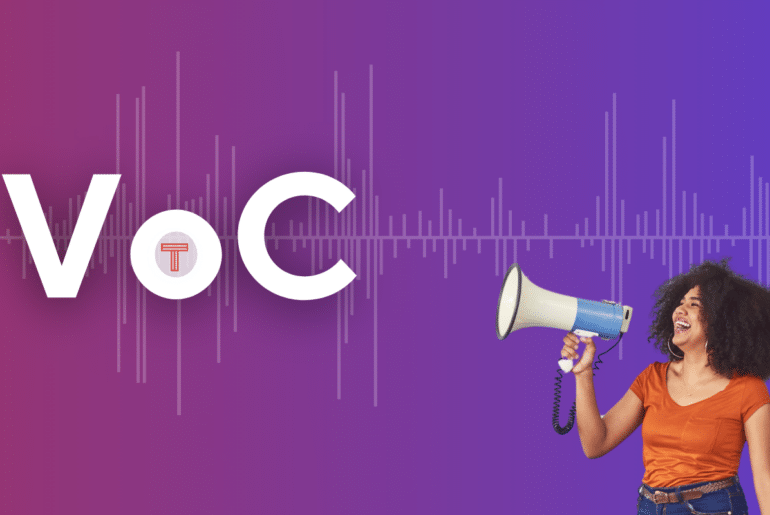Throughout our series on predictions for the 2020s, we’ve covered a number of important topics marketers should pay attention to. From transparency to experiences to website evolution, loyalty-building and voice-based AI. For our final prediction, we’re tackling the future of social influence and its impact on marketing plans.
#6 Social Influence in the ’20s Will Be About Connection, Not Clout
In 2019, it was announced that Instagram planned to remove “likes” from its public-facing newsfeed. Twitter is also playing with this concept when they released a beta prototype “twttr” that is putting engagement counts on replies behind a user tap, with the goal being to make Twitter a little friendlier. These moves created a shockwave across the marketing industry and spurred a flurry of philosophical debates on the future of social. Instagram’s CEO stated that removing likes was “about creating a less pressurized environment where people feel comfortable expressing themselves.” While the late 2000s was social media’s infancy stage, the 2010s only progressed it to toddlerhood. The 2020s will (hopefully) result in a maturing from both consumers and social networking companies on the positive potential and purpose of social. For the better part of the decade, influencer marketing was largely defined as brands partnering with content producers who have a large following and high engagement metrics. In the 2020s, consumers will be highly skeptical of traditional “influencers.” Marketers will need to define new criteria for what makes someone “influential.” Peer-to-peer influencers and authentic user-generated content will continue to be highly influential, with 85% of consumers saying friends or family have prompted action.
What Can You Do to Prepare?
1) Redefine What “Influence” Means for Your Brand Being considered influential in the 2020s will be less about how many followers and likes you can garner and more about creating enticing content and building a trusted audience. What are the influencer qualities that will trigger the most awareness or conversion for your brand? While some brands will achieve the best results with the most popular TikTok star, other brands might have the best results with a grassroots marketing effort of getting consumers to recommend your product or service to friends or family members. 2) Create an Influencer “Path to Purchase” Influence is not a one-size-fits-all term and most of us interact with multiple influencers throughout the customer journey. Map the various influencers a consumer might interact with and how each drives business goals. A consumer could learn about a new product from a blogger, vet its efficacy through product reviews, but not pull the trigger until they see a friend recommend it. Mobilizing peer influencers to create a groundswell of one on one interactions will be critical to conversion.



